T
TPF-Admin
Guest
How To Create Your Own Portrait Backdrop
By Corry at Sun, 2006-01-22 22:35
<p align="left">Whats the point of dropping tons of money on a backdrop, when you can make your own for a fraction of the price?<br /><br />I did it heres how. <br /><br />First, supplies. Most important, I needed the material. I bought a large 10X20 piece of unbleached muslin from Joanne Fabrics. There are lots of fabric dyes you can use to create your backdrops, but I chose to use Rit Dye.</p>
<p align="left"><img width="165" height="145" src="http://img.photobucket.com/albums/v239/core_17/RitDye.jpg" /></p>
<p align="left">I will explain the actual process later.<br /><br />Next, I needed a way to hang the backdrop. At the hardware store I bought a set of curtain hangers like this:</p>
<p align="left" class="MsoNormal"><span style="font-family: "Lucida Sans Unicode";"></span><span style="font-family: "Lucida Sans Unicode";"><img src="http://img.photobucket.com/albums/v239/core_17/curtainhk.jpg" /></span></p>
<p align="left">...and a 12 piece of banister wood (the stuff they use for stair rails) like this:</p>
<p align="left"><img width="330" height="248" src="http://img.photobucket.com/albums/v239/core_17/banister.jpg" /> </p>
<p align="left">Also, for the dyeing process, I used a large un-used plastic trash can and a wooden dowel rod about 3 feet long. <br /><br />Now, the process. First, I prepared the fabric. I hemmed the edges so they wouldnt fray. The top (one of the 10 edges), I had to sew a loop big enough to slide over the banister rail (kind of like a curtain on a curtain rod). It helps when you have a mom with a sewing machine and too much free time!<br /><br />Next, on to dyeing. Prepare your solution as directed on the package. For the color and look I wanted, I chose to use one part Black dye to two parts Pearl Grey. On the directions, it says to stir constantly to achieve a solid color. I did not want a solid color, so I would stir for a minute or two, let it sit for a minute or two, stir, let sit, etc. Once it is dyed to the color you want it, the fabric must be rinsed until the water runs clear. Then, just pop it in the dryer or hang it up to air dry. <br /><br />While the fabric dries, its time to prepare to hang it on the wall. Take your curtain hooks and screw them into the wall about 11 apart, at a height you find appropriate. I have mine at 8, though if ceiling clearance allows, 9 might be better. <br /><br />Slide the loop of your muslin over the banister rail until there is about a foot of banister showing at each end. Here is how it should look. Though more clearance is preferred to hang off the end of the hook, in my case it wasnt possible. <br /></p>
<p align="left" class="MsoNormal"><span style="font-family: "Lucida Sans Unicode";"><img width="600" height="400" src="http://img.photobucket.com/albums/v239/core_17/BanisterAndHooks.jpg" /></span></p>
<p align="left">And you are done! When you are done doing your shoot, you merely roll the backdrop up onto the rail. A tip: when you unroll it again, it will be wrinkly. Keep a small spray bottle with water in it, and spray the wrinkles til they are damp. Pull the wrinkles taut a few times, and leave it to dry. Most of the time, it will dry smooth, though sometimes you have to repeat the process. <br /><br />In the end, here were my results.</p>
<p align="left"><img width="500" height="750" src="http://img.photobucket.com/albums/v239/core_17/Kittyonstool.jpg" /> </p>
<p align="left"> <img width="500" height="790" src="http://img.photobucket.com/albums/v239/core_17/ErikPractice.jpg" /> </p>
<p align="left"> <img width="450" height="675" src="http://img.photobucket.com/albums/v239/core_17/005SMALL.jpg" /> </p>
By Corry at Sun, 2006-01-22 22:35
<p align="left">Whats the point of dropping tons of money on a backdrop, when you can make your own for a fraction of the price?<br /><br />I did it heres how. <br /><br />First, supplies. Most important, I needed the material. I bought a large 10X20 piece of unbleached muslin from Joanne Fabrics. There are lots of fabric dyes you can use to create your backdrops, but I chose to use Rit Dye.</p>
<p align="left"><img width="165" height="145" src="http://img.photobucket.com/albums/v239/core_17/RitDye.jpg" /></p>
<p align="left">I will explain the actual process later.<br /><br />Next, I needed a way to hang the backdrop. At the hardware store I bought a set of curtain hangers like this:</p>
<p align="left" class="MsoNormal"><span style="font-family: "Lucida Sans Unicode";"></span><span style="font-family: "Lucida Sans Unicode";"><img src="http://img.photobucket.com/albums/v239/core_17/curtainhk.jpg" /></span></p>
<p align="left">...and a 12 piece of banister wood (the stuff they use for stair rails) like this:</p>
<p align="left"><img width="330" height="248" src="http://img.photobucket.com/albums/v239/core_17/banister.jpg" /> </p>
<p align="left">Also, for the dyeing process, I used a large un-used plastic trash can and a wooden dowel rod about 3 feet long. <br /><br />Now, the process. First, I prepared the fabric. I hemmed the edges so they wouldnt fray. The top (one of the 10 edges), I had to sew a loop big enough to slide over the banister rail (kind of like a curtain on a curtain rod). It helps when you have a mom with a sewing machine and too much free time!<br /><br />Next, on to dyeing. Prepare your solution as directed on the package. For the color and look I wanted, I chose to use one part Black dye to two parts Pearl Grey. On the directions, it says to stir constantly to achieve a solid color. I did not want a solid color, so I would stir for a minute or two, let it sit for a minute or two, stir, let sit, etc. Once it is dyed to the color you want it, the fabric must be rinsed until the water runs clear. Then, just pop it in the dryer or hang it up to air dry. <br /><br />While the fabric dries, its time to prepare to hang it on the wall. Take your curtain hooks and screw them into the wall about 11 apart, at a height you find appropriate. I have mine at 8, though if ceiling clearance allows, 9 might be better. <br /><br />Slide the loop of your muslin over the banister rail until there is about a foot of banister showing at each end. Here is how it should look. Though more clearance is preferred to hang off the end of the hook, in my case it wasnt possible. <br /></p>
<p align="left" class="MsoNormal"><span style="font-family: "Lucida Sans Unicode";"><img width="600" height="400" src="http://img.photobucket.com/albums/v239/core_17/BanisterAndHooks.jpg" /></span></p>
<p align="left">And you are done! When you are done doing your shoot, you merely roll the backdrop up onto the rail. A tip: when you unroll it again, it will be wrinkly. Keep a small spray bottle with water in it, and spray the wrinkles til they are damp. Pull the wrinkles taut a few times, and leave it to dry. Most of the time, it will dry smooth, though sometimes you have to repeat the process. <br /><br />In the end, here were my results.</p>
<p align="left"><img width="500" height="750" src="http://img.photobucket.com/albums/v239/core_17/Kittyonstool.jpg" /> </p>
<p align="left"> <img width="500" height="790" src="http://img.photobucket.com/albums/v239/core_17/ErikPractice.jpg" /> </p>
<p align="left"> <img width="450" height="675" src="http://img.photobucket.com/albums/v239/core_17/005SMALL.jpg" /> </p>


![[No title]](/data/xfmg/thumbnail/39/39491-353a6df9b207e97dadcdce4f98248fcd.jpg?1619739051)
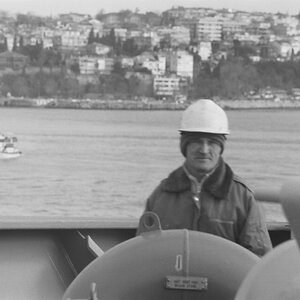

![[No title]](/data/xfmg/thumbnail/39/39288-2d76486ccc9042c6fb525aaaaffff1fb.jpg?1619738957)

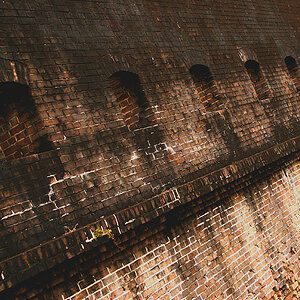


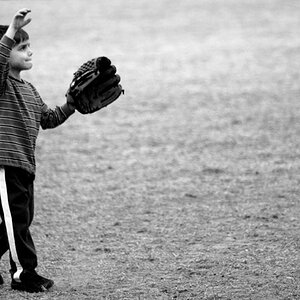
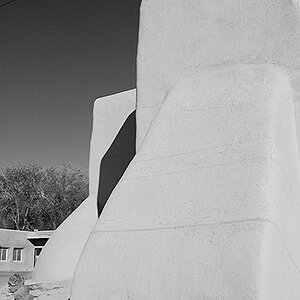
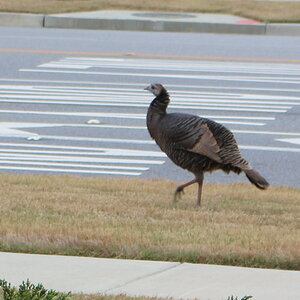
![[No title]](/data/xfmg/thumbnail/39/39490-b2e64c58554ef92efe2474950d27753d.jpg?1619739050)